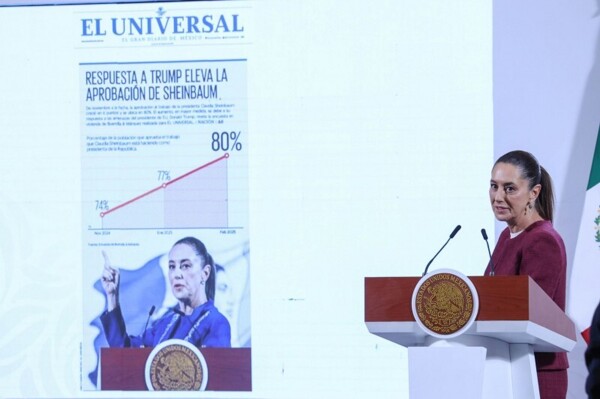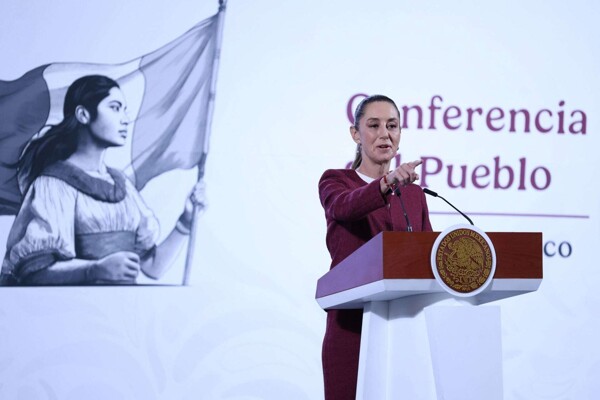
The National Electoral Institute (INE) had planned to start yesterday the printing of 600 million ballot papers for the judicial election; however, due to a request from Talleres Gráficos de México, the printing was postponed to today. This action is carried out following the approval in the General Council.
After errors were detected in the lists received from the Senate, these were corrected by both the Senate and the Federal Judiciary Council. The president of the INE, Guadalupe Taddei, highlighted the importance of these adjustments in the process of returning to democratic normality.
Regarding the candidates for the judicial election, four corrections were made to candidacies and names of ministerial candidates, which resulted in the inclusion of 64 candidates proposed by the three powers. Additionally, the names of ministers Lenia Batres, Loretta Ortiz, and Yasmín Esquivel were added, as they will exercise their right to automatic promotion but had been omitted by the Senate from the list.
On the other hand, a modification was made in the Superior Chamber of the Electoral Tribunal of the Judiciary of the Federation due to the ratification of a resignation, which resulted in the presence of 15 candidates in total. The errors found led to reflections by councilors such as Carla Humphrey and Claudia Zavala on the importance of avoiding these mistakes in future electoral processes.
It is detailed that the ballot papers will be divided into six types, each with specific information such as the name of the election, entity, electoral district, plurinominal constituency or judicial circuit, judicial district, specialty, instructions, and signatures of authorities. The candidates will be distributed in two lists, one for men and one for women, with numerical identifiers and alphabetical order. It is noteworthy that the Council aims to ensure transparency and accuracy in this electoral process.














